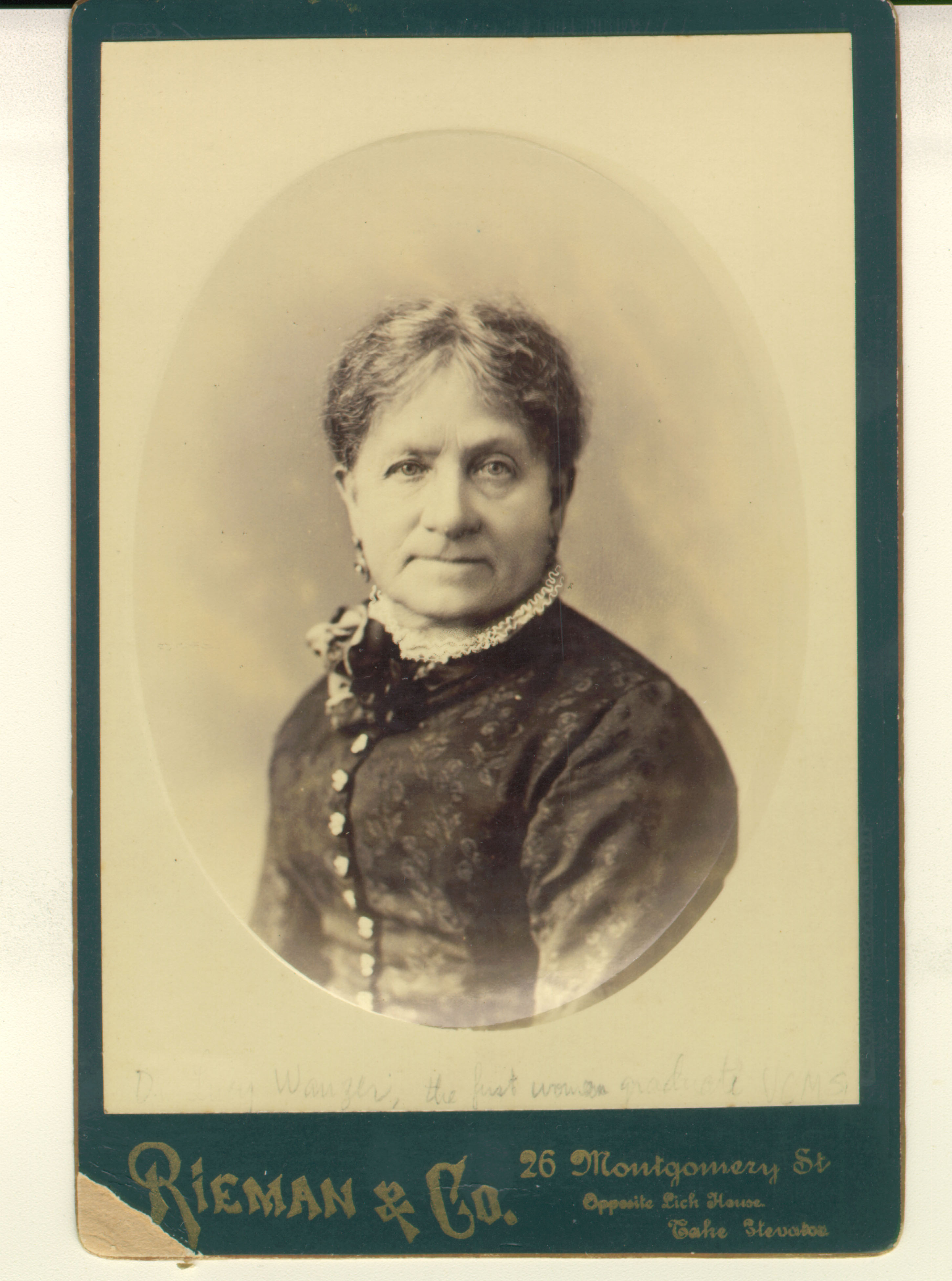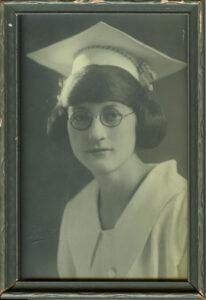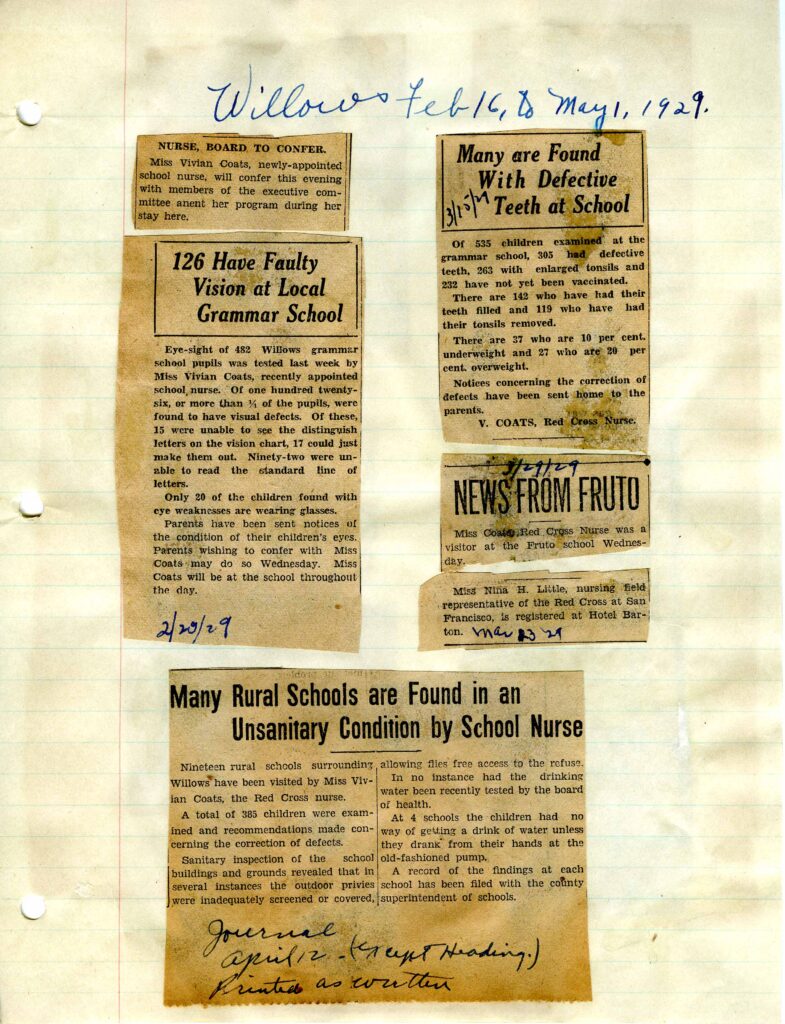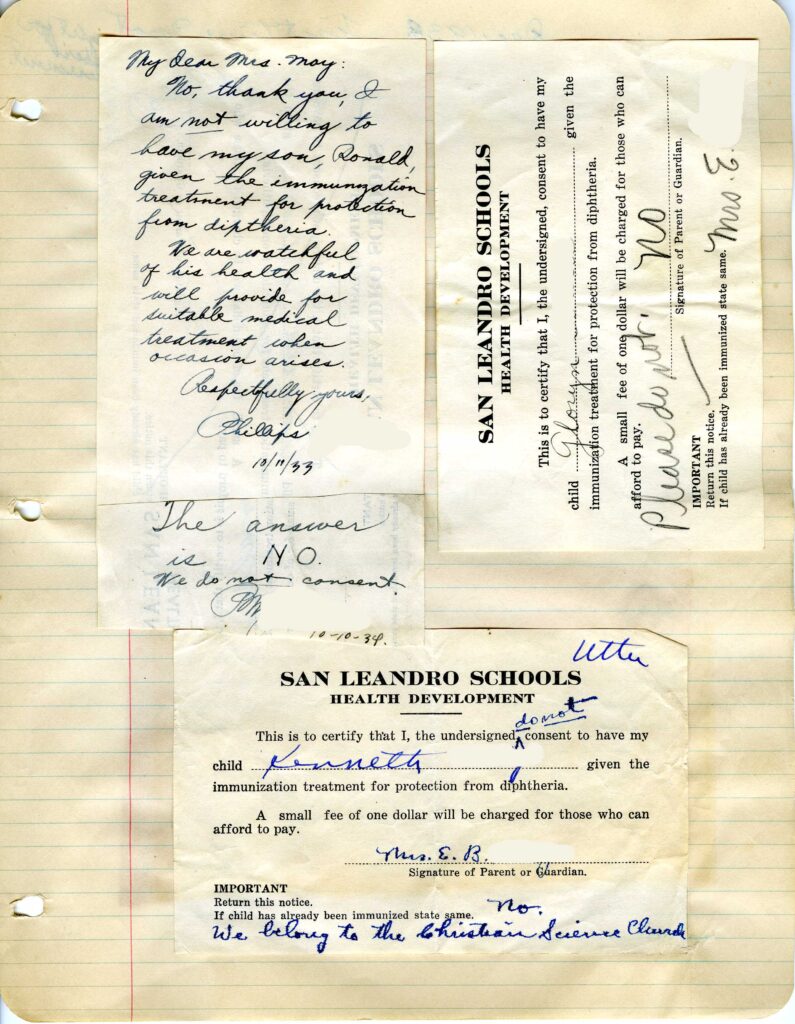March is Women’s History Month and, in keeping with the spirit, we’d like to honor a few of the trailblazing women in UCSF’s history.
Lucy Field Wanzer became the first woman to graduate from UCSF, then officially known as the Medical Department of the University of California, in 1876. Lucy grew up in Wisconsin and cared for her mother who had tuberculosis during her childhood. This early and significant exposure to the field of medicine convinced Wanzer that she wanted to become a doctor. The family later moved to California, where Lucy fought for the right to realize her dream– her initial application to the University of California program was rejected based on gender. After a lengthy appeals process, she was accepted and the regents adopted a resolution stating that “young women offering themselves for admission and passing the required examination must be received to all the privileges of the Medical Department.”
At the time, a few medical schools on the East Coast had admitted and graduated female students, but none in the West. For the fifty years following Wanzer’s graduation, female students comprised approximately 10% of UCSF medical graduates in the midst of a 4% national average.
Much more has been written about Wanzer elsewhere. For more information, check out the History of UCSF website, this article by a current School of Medicine student, or this extensive paper by a UCSF School of Medicine alumnus.
The next woman to breakdown gender barriers in a UCSF school was Maria Angelina Burch who graduated from the College of Dentistry in 1883. Maria grew up in nearby Pescadero, CA. Burch passed away at the age of 27, just five years after receiving her dental degree. Her obituary, on right, published in the 1890 Blue and Gold, the annual for all of the University of California, refers to Burch as the Dental Department’s ambitious and intelligent “pioneer lady graduate.” Burch established a private practice in San Francisco in 1884 which prospered quickly. She was described as “fast climbing the hill to fame and fortune” at the time of her death.
Following closely on Burch’s heels was Josephine Eugenia Barbat in the College of Pharmacy class of 1884. Barbat was a native San Franciscan. University records in the 1890’s show that after graduation, Josephine became an instructor of Botany within the College of Pharmacy– no doubt one of the first women to teach the subject, as well. Not quite satisfied, Barbat went on to graduate from the College of Medicine in 1903. She’s listed in the 1904 Directory of Physicians and Surgeons as having a practice at 1310 Folsom St. The 1912 issue of The Graduate, the College of Pharmacy’s annual at the time, features a photograph of Josephine as the President of W.P.A.P.C. (the Women’s Pharmaceutical Association of the Pacific Coast).
The creation of the Training School for Nurses within the University of California in 1907 also served to up the number of women in the field of medicine. Two years later, the school produced its first graduate, Lillian Cohen, pictured below in the unique white mortarboard cap and square blue and gold pin.
A three-year nursing degree was standard at the time in the Nursing program, and the following year the University of California graduated its first full class.
Today, UCSF celebrates the diversity of its students, staff, and community in many different ways. In 2012, 54% of all incoming students were female. Do you have a favorite woman in UCSF history? Let us know!















